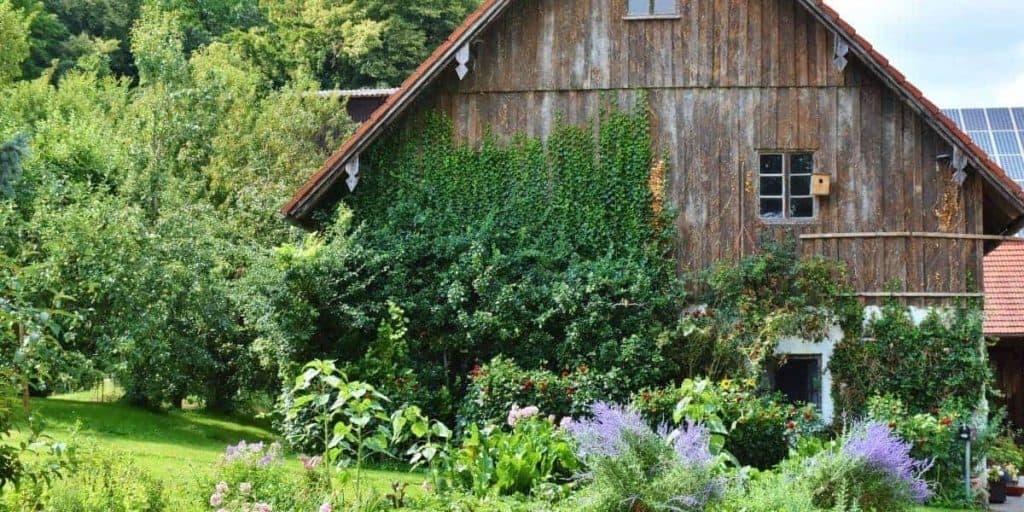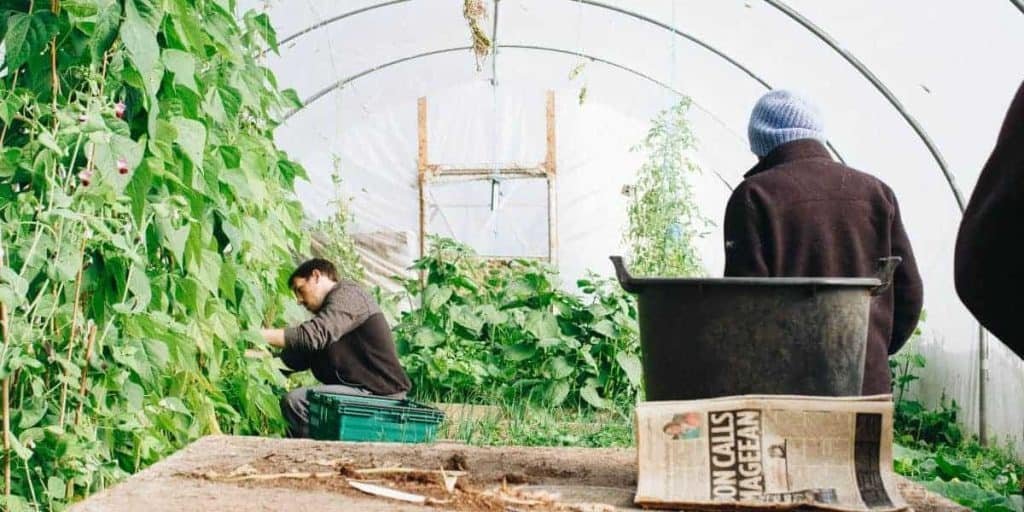Selecting The Location
Selecting the location for your urban homesteading garden is not a tough task as long as you have your priorities set right.
When you are selecting the location for your garden, you should first decide whether you are going to have a normal backyard garden or a vertical garden, a container garden or a square foot garden.
Each and every type of garden has specific needs and requirements. While selecting the location, you should take into consideration:
- The climatic conditions
- The size of your garden
- The type of garden you are planning to have
- The type of fruits, vegetables and herbs you are looking to grow
- The amount of fruits and vegetables you need
- Availability of water and sunlight
- Surrounding structures and shade
- Pest control and harvesting

builder sand or perlite to improve the effectiveness of the soil.
You should remember how each plant grows, its water needs and the time it takes to grow.
- First pick a spot in your backyard where you want the garden to be. If it is going to be square foot garden or a container garden, you can mark this place for the containers to be placed.
- Once you have picked out the place, this is the time to wait and watch the spot for at least a couple of days before working on the spot.
- Place a piece of wood or cards demarcating the spot so that you know where and how big that piece of land is.
- You should then watch this spot throughout the day to note the amount and duration of sunlight it receives. Some plants need full sun, which is at least 8 hours of direct sunlight for them to grow well. Whereas some plants tolerate a good amount of shade. The spot where you are planning to grow your garden should get at least 6 hours of direct sunlight per day.
- While choosing the location, you should also remember that sun changes its position and intensity of light varies from season to season. You should make sure your plant selection takes into consideration these changing realities.
- Choose a location that doesn’t have tall trees or imposing structures around it. Tall tress not only cast longer shadows during the day, they also tend to absorb healthy nutrients from the earth, reducing the availability of nutrients for your garden. Moreover, these tall trees tend to have longer roots which tend to interfere with your garden.
- The lay of the land and water availability are equally important. Most gardens are flat; however, in case you have a slightly steep land, you have to either straighten it or try using raised beds for the garden. The reason for this is steep lands tend to let the water flow quickly; this makes it harder for the plants to absorb essential water and nutrients.
- The next step in selecting the right location is to understand the soil structure. If you already have a wonderfully sandy loam soil, then you can start off your gardening with a bang.
However, if you are unsure of the soil type and structure, you should start the process of improving the soil quality. Regardless of the type of garden you are going to have, the soil should be well drained, aerated, and should retain good amount of moisture for longer periods of time.
Originally posted 2020-08-26 08:55:17.



